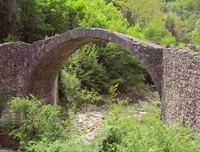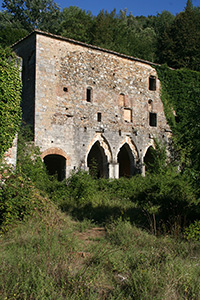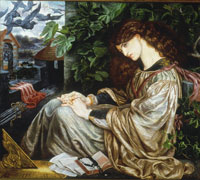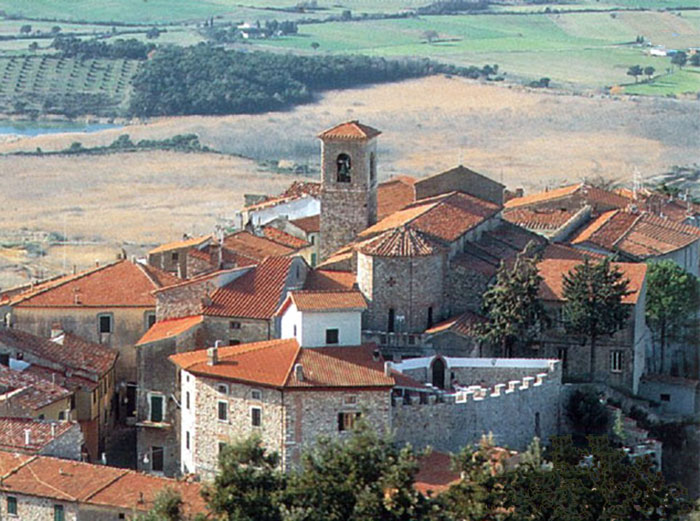 |
| The medieval center of Gavorrano rises on the side of Mount Calvo in the heart of the Grosseto Maremma with a splendid view of sea and hills. |
|
Gavorrano s located on the northern slope of Poggio Ballone, east of Scarlino, in an area extremely rich in terms of mining, especially for large deposits of pyrite which were intensively exploited until the early 1980s. Lying on a smoothly shaped hill lending towards the seacoast of Follonica, Main sights Pieve di San Giuliano, main church of Gavorrano. |
||||
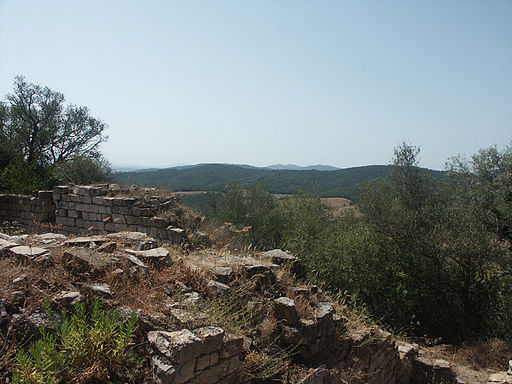 |
||||
Castel di Pietro in Gavorrano, where Pia de Tolomei was pushed to her death
|
||||
| The Etruscan territory of Gavorrano fell under the direct control of Vetulonia which, through the paths along the river valleys of Sovata and Bruna, was rich in deposits of minerals to flow around the Lake Accesa. Of particular interest are excavations conducted by the University of Florence on the Santa Teresa estate between 2004 and 2007. The discoveries included five gravestones used between the mid-7th century BC and the second half of the 6th century BC, surrounded by many farms. The results of these operations, to be seen in an exhibition opened in the Documentation Centre of Gavorrano July 12, 2008, show a high percentage of households owning graves. In addition to agricultural resources, the population took advantage of the benefits of their strategic position which allowed control over the flow of minerals to the manufacturing center of Vetulonia. The town of Gavorrano, built after the year 1000 as a possession of the bishops of Roselle, was later transferred to the Alberti family. In the 13th century it came under the control of the Pannocchieschi family, and then Volterra, Massa Marittima. With the fall of Massa Marittima, the town passed under the dominion of Siena. In the second half of the 16th century, the area was incorporated into the Grand Duchy of Tuscany after the final fall of the Republic of Siena. In more-recent history, the pyrite mine played an important role, changing the history of the village. In 1898 a loaf of pyrite came to light, thanks to the work of a citizen, Francesco Alberti. From this starting point, Europe's most important pyrite mine developed. This led to Gavorrano's primary importance for the whole area (as successor to the city of Massa Marittima, which had always been dominant in the area) after the war until the early 1970s (when it began to develop Follonica). After the war, the village of Scarlino became independent, breaking away from the territory of Gavorrano. Nello dei Pannocchieschi and Pia dei Tolomei A chapter in the history of the village of Gavorrano concerns the life of Pia de 'Tolomei, a lady from Siena who met her death in the castle Castel di Pietra, located in the east of the town. She was married to Nello Pannocchieschi, who is known to have been lord of that castle, mayor of Volterra and Lucca, captain of the Guelph cuts, in 1284 and lived until at least 1322. He shut up his wife in his castle, and had her murdered in 1297 by having her thrown out of a window, after having locked her up for a while in his castle, perhaps because of her supposed infidelity, perhaps because he desired to get rid of her to marry someone else. The story was made famous by Dante in the fifth canto of his Purgatorio. The story is commemorated on the feast of Salto della Contessa ("The jump of the Countess"), which is held in Gavorrano every second Sunday of the month of August. Comune Parco Minerario Naturalistico Gavorrano Gavoranno was an important mining center and the stone quarries and infrastructure for its excavation are still visible in the area. Today a part of the abandoned mining structures has been converted into a large museum complex: the Parco Minerario and Naturalistico di Gavorrano (Mining and Naturalistic Park of Gavorrano). Walking in Tuscany | Itineraries (it) Rocca di Frassinello |
||||
|
||||
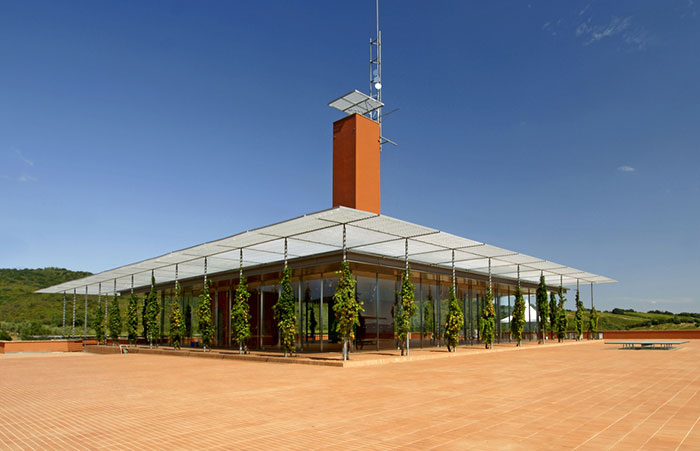 |
||||
La Rocca di Frassinello winery, in the heart of the Maremma area of Tuscany, where a joint venture between Italian and
|
||||
Maremma has a long established wine growing tradition, especially in the North (Bolgheri and environs) and the South (Morellino di Scansano, Montecucco).
|
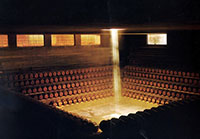 Underneath is the cellar with more than 2,500 oak barrels, illuminated by a ray of sunshine reflected by a series of mirrors down a tower. |
|||
| Caldana and Ravi, together with the remains of the Rocca of Castel di Pietra, are important testimonies of Gavorrano's medieval past. |
||||
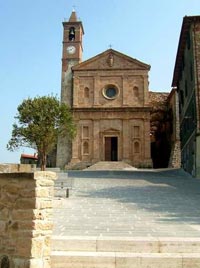 La chiesa di San Biagio in Caldana |
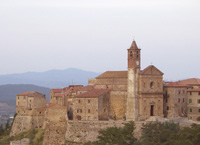 Caldana |
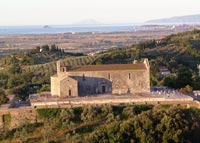 Campiglia Marittima, Pieve di San Giovanni Campiglia Marittima, Pieve di San Giovanni |
||
|
|||
|
|||
|
|||
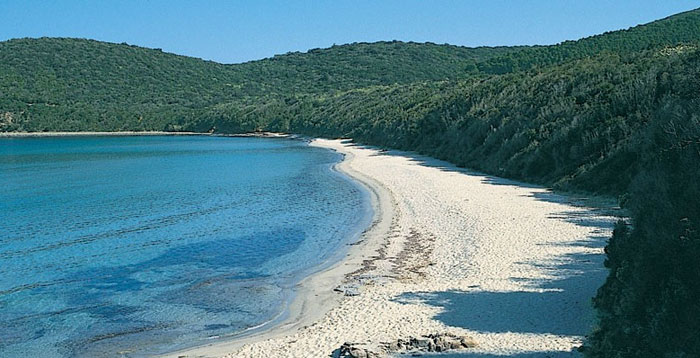 |
|||
Cala Violina |
|||
Cala Violina beach is immersed in a green landscape formed by a dense and lush Mediterranean vegetation where you can find picnic tables, particularly useful if you brought with you your lunch and decide to spend the whole day at the beach. Cala Violina is certainly among the best beaches of Tuscany, if not the best. The only drawback is the long walk to get there, and the fact that in high season it can get a little overcrowded. Walking in Tuscany | A walk close to the sea, towards Cala Violina and Cala Martina Here a detailed map with the instructions to get to Cala Violina and Cala Martina, and where to park.
|
|||
Aldo Mazzolai, Storia ed arte della Maremma, Grosseto, 1981.
|
|||
 |
|||
Old postcard Punta Ala, 1962, Collezione cartoline Albertomos
|
|||
| This article incorporates material from the Wikipedia article Gavorrano published under the GNU Free Documentation License. |

